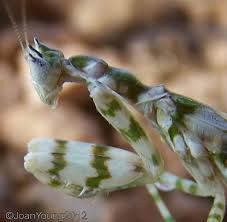






Sold out
Harpagomantis tricolor flower
$35.00 - $85.00
The false flower mantid is the common name for the Mantodea species Harpagomantis tricolor (Linnaeus, 1758). This species uses camouflage as a defense mechanism. Limited information (







